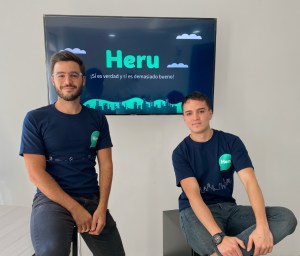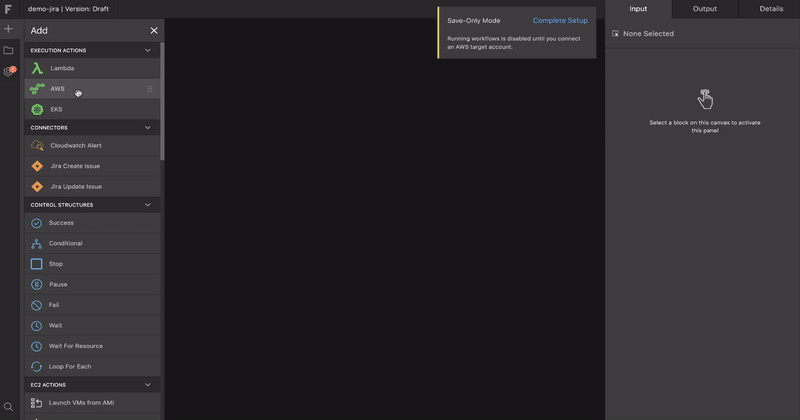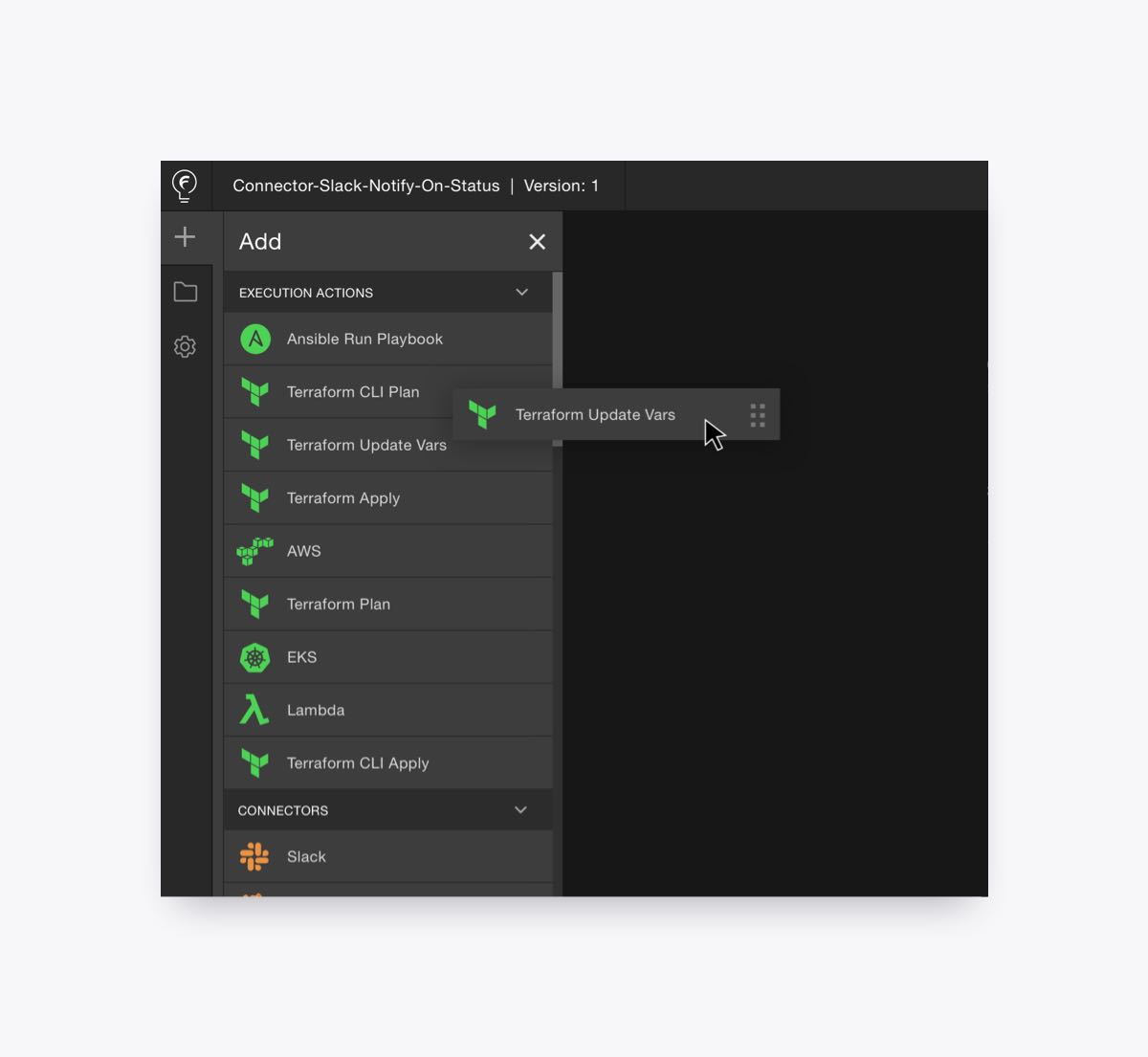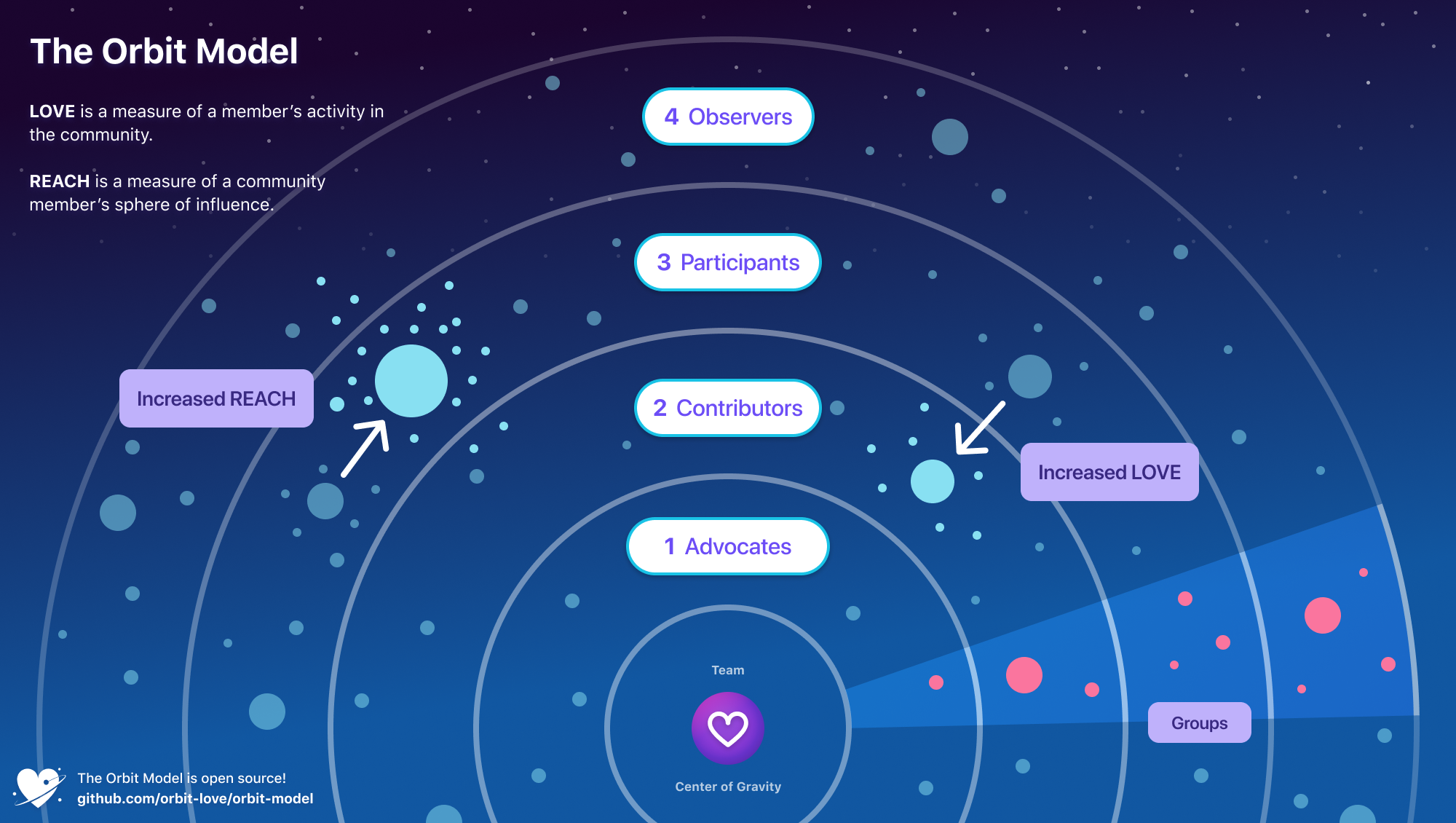For much of its existence, Salesforce was a cloud service on its own with its own cloud resources available for its customers, but as the company and cloud computing in general has evolved, Salesforce has moved some of its workloads to other clouds like AWS, Azure and Google. Now, it wants to allow customers to do the same.
To help facilitate that, the company announced Hyperforce today at its Dreamforce customer conference, a new architecture designed from the ground up to help customers deliver workloads to the public cloud of choice.
The idea behind Hyperforce is to enable customers to take all of the data in what Salesforce calls Customer 360 — that’s the company’s detailed view of the customer across channels, Salesforce products and even other systems outside the Salesforce family — and be able to store that in whichever public cloud you want in whatever region you happen to operate. For now, they are in India and Germany, but there are plans to add support for 10 additional countries over the next year.
Company president and COO Bret Taylor introduced the new approach. “We call this new capability Hyperforce. Simply put, we’ve been working to enable us to deliver Salesforce on public cloud infrastructure all around the world,” Taylor said.
Holger Mueller, an analyst at Constellation Research, says the underlying architecture running the Salesforce system is long overdue for an overhaul. At over 20 years old, it’s been around a long time now, but Mueller says that it’s about more than modernizing. “The pandemic requires SaaS vendors to move their offerings from their own data centers to [public cloud] data centers, so they can offer both architectural and commercial elasticity to their customers,” he said.
Mueller added that by bringing Salesforce data into the public cloud, besides the obvious data sovereignty issues it solves, it brings all of the advantages of using public cloud resources.
“Salesforce can now offer both architectural and commercial elasticity to their customers. Commercial elasticity matters a lot to CIOs and CTOs these days because when your business slows down, you pay less, and when your business accelerates, then you can afford to pay more,” he said. He says that Salesforce is bringing an early generation SaaS product and pulling it into the modern age, something that is imperative at this point in the company’s evolution.
But while moving forward, Taylor was careful to point out that they rebuilt the system in such a way as to be fully backward compatible, so you don’t have to throw out all of the applications and investment you’ve made over the years, something that most companies couldn’t afford to do.”For you developers out there, This is the most remarkable thing. It is 100% backward compatible, your apps will work with no changes and you can benefit from all of this automatically,” he said.
The company will be rolling out Hyperforce over the next year and beyond as it opens in more regions.
Powered by WPeMatico









